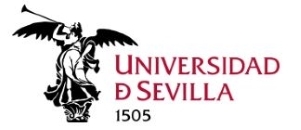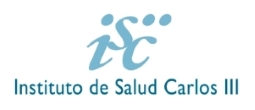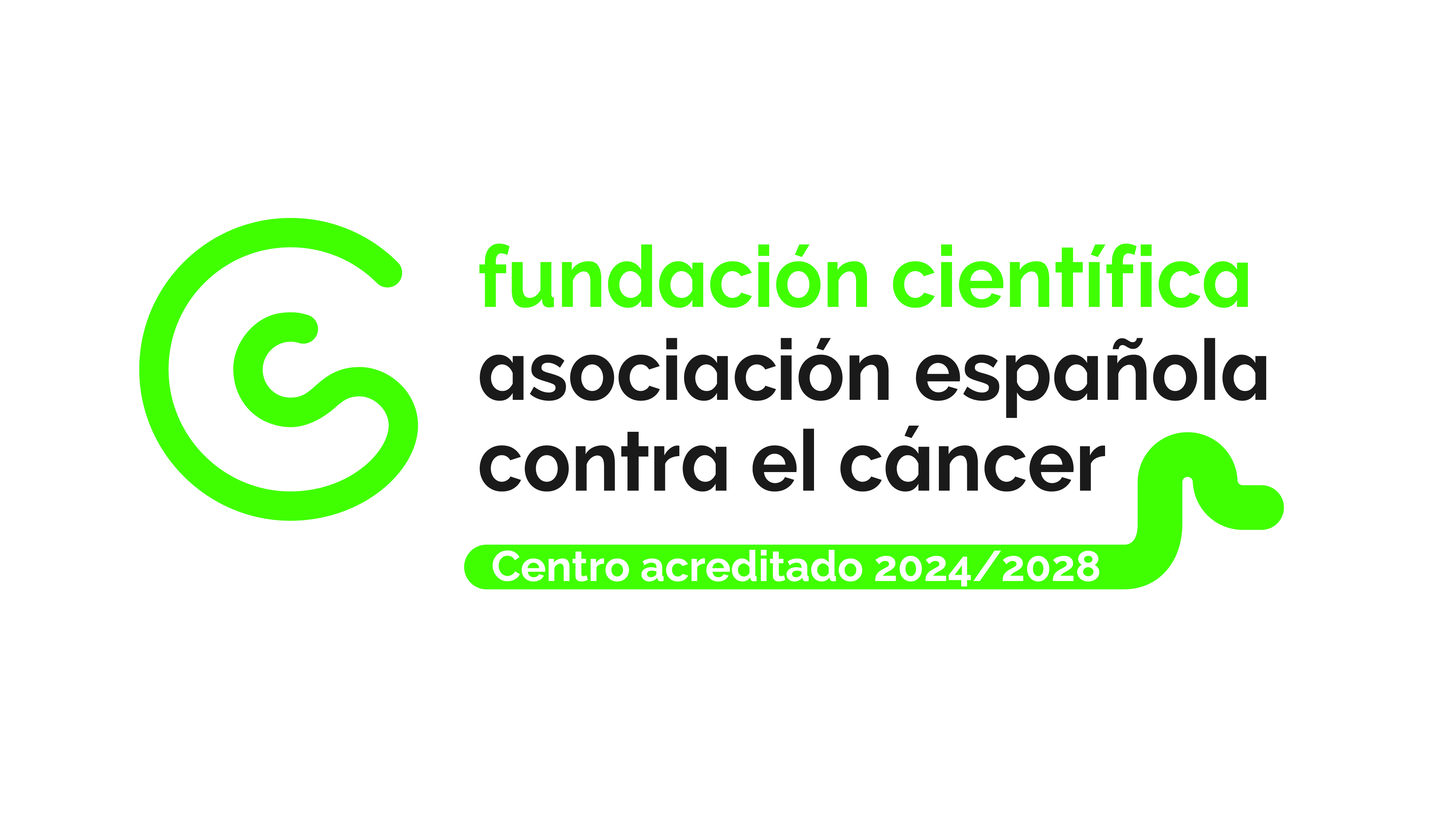- A study conducted at the Institute of Biomedicine in Seville (IBiS) has discovered how an essential factor is used by cells to repair DNA breaks caused by a specific type of chemotherapy, opening new experimental avenues to improve cancer treatments.
Sevilla, 9th November 2023
Some chemotherapy kills tumour cells by causing breaks in their DNA. Simultaneous breaks in both DNA strands (DSB) are the most lethal and effective ones. To target tumour cells without affecting healthy ones, treatments take advantage of compounds that induce DSBs on cells that divide rapidly. However, all our cells can repair certain levels of DSBs, posing a significant limitation to these treatments.
Now, a work led by Dr. Fernando Gómez Herreros, a researcher in the Oncohematology and Genetics area at IBiS, and published in the prestigious journal Nature Communications, opens new experimental avenues to improve cancer treatments.
DNA topoisomerases, an "almost" perfect therapeutic target
Inhibitors of DNA topoisomerases, enzymes whose activity is particularly elevated in tumour cells, are commonly used in chemotherapy. These enzymes are essential during the life of the cell, but when inhibited, can cause significant amounts of DSB, especially in rapidly dividing cells, hence their effectiveness against cancer.
However, cells in a tumour divide at different rates. It is known that some cells divide very slowly, allowing them to evade treatments. Indeed, these quiescent cells can lead to the recurrence of the tumour. Additionally, sometimes DNA breaks are repaired illegitimately, causing mutations in healthy cells that, in the long term, give rise to new tumours, such as the well-known chromosomal rearrangements, exchanges of large DNA fragments that underlie numerous types of cancer. These two problems are possibly "two of the major limitations not only of topoisomerase inhibitors but of many chemotherapy treatments today," as indicated by Gómez Herreros.
Image 1- Chromosomal rearrangement in a human cell treated with a TOP1 inhibitor
The key: TDP1 initiates the repair of the most toxic damage caused by some topoisomerase inhibitors
DSBs generated by topoisomerase I in human cells are not well understood. These breaks occur occasionally in a natural way but are induced in large quantities by agents like topotecan or irinotecan. These topoisomerase I inhibitors are used to target tumours that have become resistant to other treatments.
In the work being published now, the group from IBiS reveals that cells use TDP1 to initiate the repair of these breaks. So much so that, as explained by Gómez Herreros, "cells that are not dividing and therefore accumulate very few DSBs with the treatment are very sensitive to these drugs if they do not have TDP1."
TDP1 had already been linked to DNA repair. "There were many studies showing the role of TDP1 in repairing less toxic breaks caused by topoisomerases, but not in DSBs, which are especially relevant in chemotherapy," says Gómez Herreros.
A new repair system to maintain the stability of our genome
The work describes how cells lacking TDP1 use an alternative repair system that causes many errors, including chromosomal rearrangements. "For us, this was the most striking result; before our work, it wasn't even known that breaks generated by topoisomerase I in quiescent cells could cause chromosomal rearrangements," says Dr. Diana Rubio Contreras, the first author of the study and a researcher at IBiS.
Implications of the work in chemotherapy
In recent years, numerous laboratories worldwide have developed inhibitors against TDP1 as a new cancer treatment strategy. This work, "basic but with many clinical implications," according to Gómez Herreros, "anticipates that the use of these compounds in combination with topoisomerase 1 inhibitors would be effective for targeting quiescent cells, especially challenging to eliminate in certain tumors." On the other hand, "it also warns us of the possible side effects of this therapeutic strategy."
The experimental work in this research was carried out by Dr. Diana Rubio Contreras as part of her doctoral thesis at the University of Seville, supervised by Dr. Fernando Gómez Herreros, also a professor in the Department of Genetics at the Faculty of Biology. The work was funded by the Ministry of Science and Innovation and by the Department of Economy, Knowledge, Companies, and University of the Andalusian Regional Government.
Reference:
DOI: 10.1038/s41467-023-42622-7
Image 2- Gómez Herreros laboratory at IBiS
------------------------------------------------------------------------------------------------
About IBiS
The Institute of Biomedicine of Seville (IBiS) is a multidisciplinary center focused on carrying out fundamental research on the causes and mechanisms of the most prevalent pathologies in the population and the development of new methods to diagnose and to treat diseases.
IBiS is made up of 42 consolidated groups and 42 affiliated groups led by researchers from the University of Seville, the Spanish National Research Council (CSIC) and the Virgen del Rocío and Virgen Macarena University Hospitals and Valme, organized around five thematic areas: Infectious Diseases and Immune System, Neurosciences, Onco-hematology and Genetics, Cardiovascular Pathology, Respiratory / Other Systemic Pathologies and Liver, Digestive and Inflammatory Diseases.
IBiS depends institutionally on the Department (Consejería) of Health and Consumption of the Junta de Andalucía; the Andalusian Health Service (SAS); the Department (Consejería) of University, Research and Innovation; the University of Seville and the Spanish National Research Council (CSIC). It is managed by the Public Foundation for the Management of Health Research in Seville (FISEVI).
More information:
Angeles Escudero
Unidad de comunicación| UCC+i
InstitutodeBiomedicinadeSevilla - IBiS
Campus Hospital Universitario Virgen del Rocío
Avda. Manuel Siurot s/n
41013 Sevilla
Tel 682730351
Email: comunicacion-ibis@us.es














